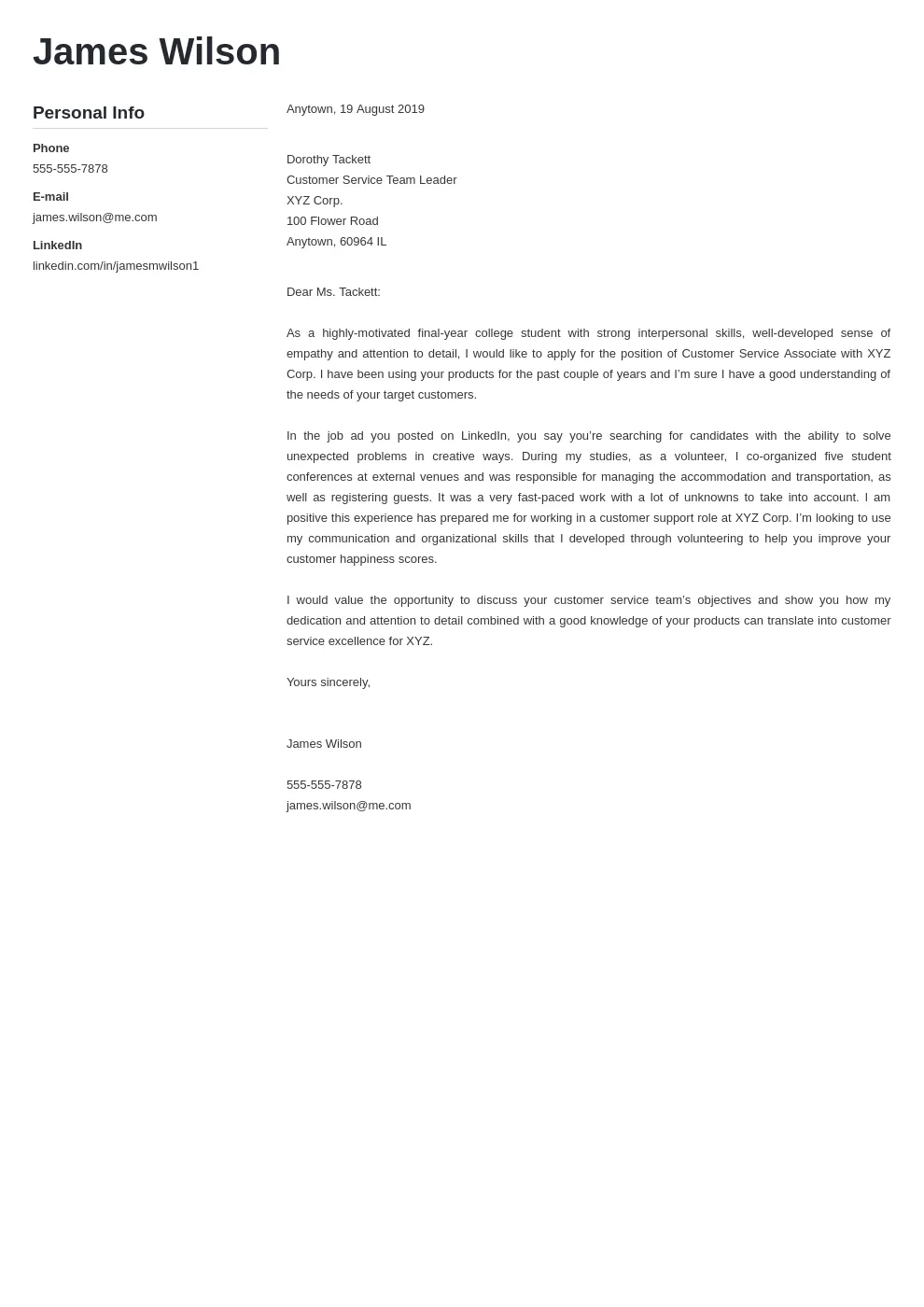What is a Customer Service Cover Letter
A customer service cover letter is a crucial document that accompanies your resume when applying for customer service positions. It serves as your first introduction to a potential employer, offering you the opportunity to showcase your personality, skills, and enthusiasm for the role. Unlike your resume, which provides a snapshot of your experience, a cover letter allows you to tell a story, connecting your qualifications to the specific requirements of the job and the values of the company. A well-crafted cover letter can significantly increase your chances of getting an interview, as it demonstrates your communication skills, attention to detail, and genuine interest in the position.
Why is a Customer Service Cover Letter Important?
In the competitive job market, especially in customer service roles, a cover letter is not just a formality it’s a strategic tool. It’s an opportunity to differentiate yourself from other applicants who might only submit a resume. A compelling cover letter highlights your unique qualities and experiences that align with the company’s needs. Customer service roles often require excellent communication, problem-solving abilities, and empathy. Your cover letter is where you can demonstrate these soft skills, along with your technical expertise. Furthermore, it shows your initiative and willingness to go the extra mile, qualities highly valued by employers. By personalizing your cover letter and tailoring it to each job application, you demonstrate your genuine interest in the specific company and position, setting you apart from the crowd and increasing your chances of securing an interview.
Key Components of a Stellar Cover Letter
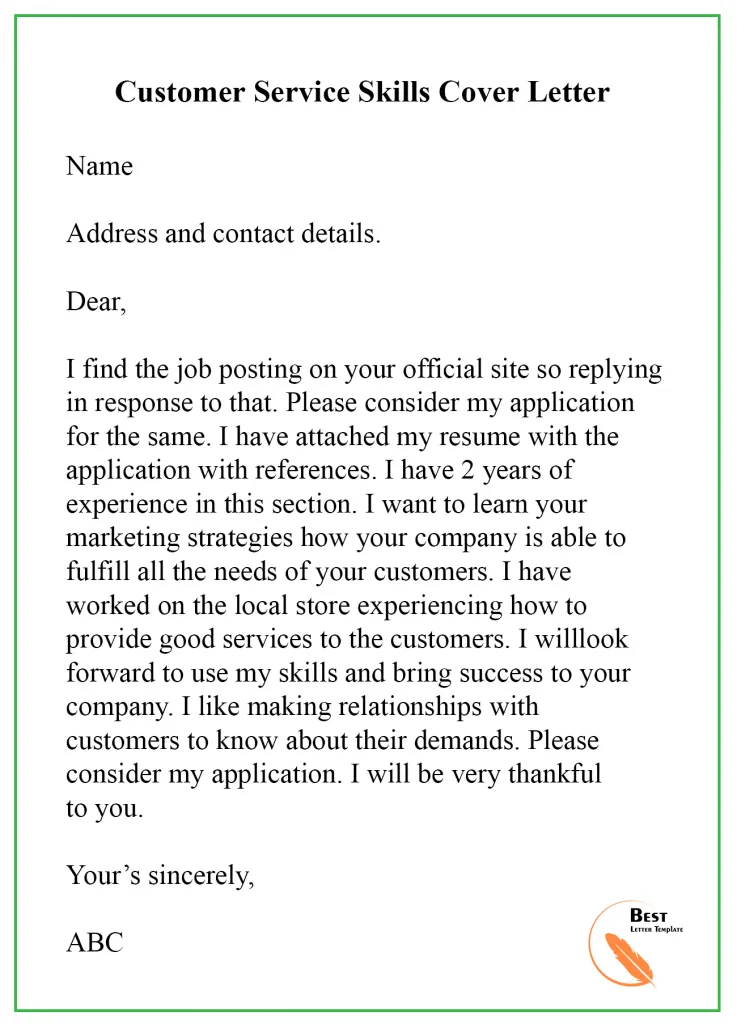
Crafting a stellar customer service cover letter involves several key components that work together to create a compelling narrative. Each element plays a vital role in presenting you as a strong candidate. From the initial greeting to the closing, every word should be carefully chosen to reflect your skills, experience, and enthusiasm. The following sections detail the critical components required to build a customer service cover letter that will get you noticed. By focusing on these elements, you can ensure your letter effectively communicates your value to the potential employer.
Contact Information & Salutation
Begin your cover letter with your contact information, including your full name, phone number, email address, and optionally, your LinkedIn profile URL. This allows the hiring manager to easily contact you. Following this, address the hiring manager or the specific person mentioned in the job posting. Researching the hiring manager’s name demonstrates your attention to detail and initiative. If you cannot find a name, use a professional greeting such as “Dear Hiring Manager” or “Dear [Company Name] Team”.
Opening Paragraph
Your opening paragraph should immediately grab the reader’s attention. State the position you are applying for and where you found the job posting. Briefly express your enthusiasm for the opportunity and the company. This opening paragraph should also include a hook, a statement that captures the reader’s interest. This could be an impressive achievement, a relevant skill, or a brief mention of why you’re a great fit for the company’s culture. Keep it concise and impactful, setting the tone for the rest of your letter.
Highlighting Your Skills & Experience
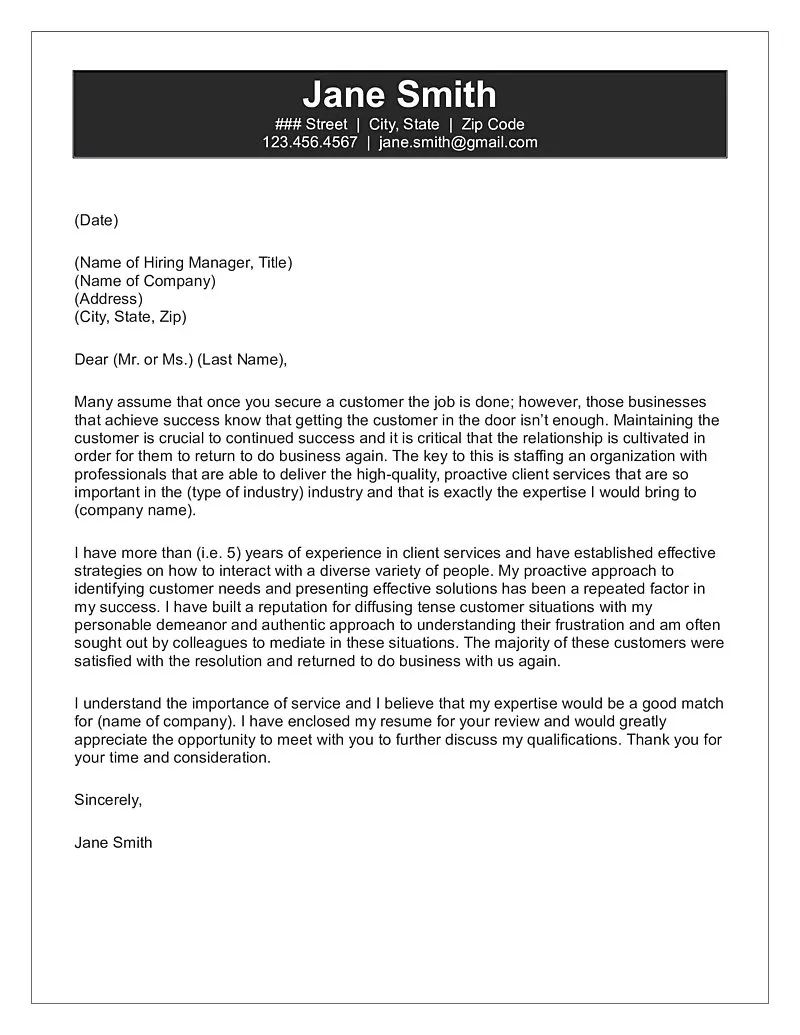
The core of your cover letter should showcase your customer service skills and relevant experience. Use specific examples to illustrate how you have successfully handled customer issues, resolved conflicts, and provided excellent service in previous roles. Focus on the skills mentioned in the job description, such as communication, problem-solving, empathy, and technical proficiency. Use the STAR method (Situation, Task, Action, Result) to describe your experiences, detailing the specific situation, the task you were assigned, the actions you took, and the positive results you achieved. Quantify your achievements whenever possible to provide concrete evidence of your abilities. Tailor this section to highlight the skills and experiences that directly align with the requirements of the job.
Quantifiable Achievements
To make your cover letter more impactful, include quantifiable achievements that demonstrate your contributions. Instead of simply stating that you improved customer satisfaction, provide specific metrics like “Increased customer satisfaction scores by 15% within six months” or “Reduced customer complaints by 20% through proactive issue resolution”. Quantifiable achievements provide concrete evidence of your success, making your claims more credible and memorable. Use numbers, percentages, and specific data points to showcase your impact in previous roles. This section is crucial for demonstrating your value to the prospective employer.
Showcasing Relevant Keywords
Carefully review the job description and identify the keywords used to describe the ideal candidate. Integrate these keywords naturally into your cover letter, ensuring that your skills and experiences align with the employer’s needs. This demonstrates that you have read the job description carefully and understand the requirements. Incorporating relevant keywords can also help your application get past applicant tracking systems (ATS) that screen applications. However, avoid keyword stuffing, as this can make your cover letter sound unnatural. The goal is to incorporate keywords seamlessly while maintaining a clear and engaging writing style.
Expressing Enthusiasm & Company Fit
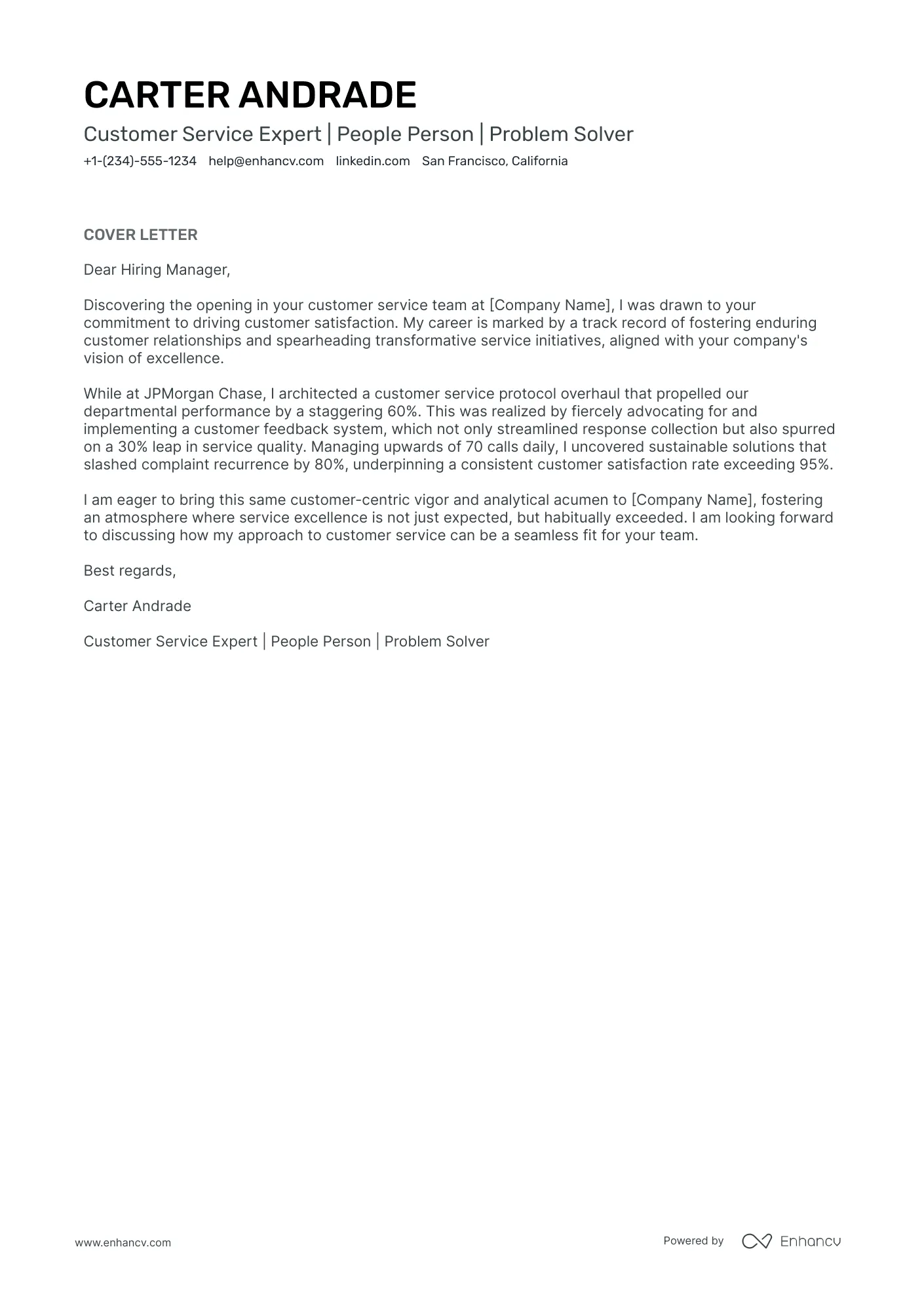
Demonstrate your genuine enthusiasm for the role and the company. Research the company’s mission, values, and recent activities to show that you understand their business and culture. Explain why you are interested in working for that particular company. This can be related to their products, services, or company culture. Show how your personal values align with the company’s values. Highlight any specific reasons why you believe you would be a good fit for their team and how you can contribute to their success. This level of personalization shows initiative and a genuine interest, setting you apart from other applicants.
Call to Action & Closing
Conclude your cover letter with a strong call to action. Reiterate your interest in the position and express your eagerness to discuss your qualifications further in an interview. Thank the hiring manager for their time and consideration. Include a professional closing, such as “Sincerely” or “Best regards,” followed by your full name. Review your cover letter one last time before submitting it to ensure it is error-free, and your contact information is up to date.
Formatting & Design Tips
The format and design of your cover letter are essential for making a positive first impression. A well-formatted letter is easier to read and demonstrates your professionalism and attention to detail. Pay close attention to font choices, structure, and proofreading. Good formatting can enhance readability and make your application stand out.
Font and Readability
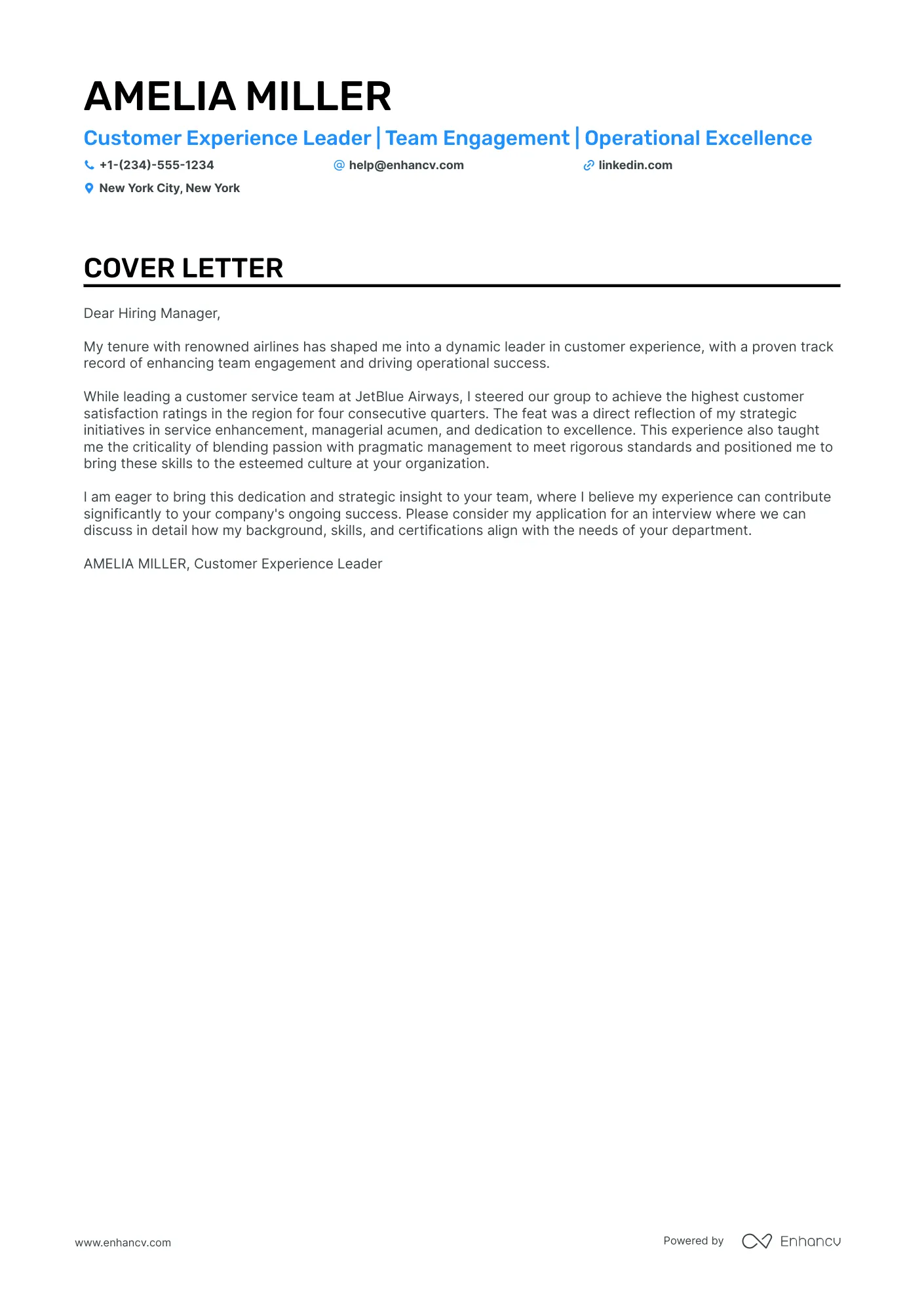
Choose a professional and easy-to-read font, such as Arial, Calibri, or Times New Roman. Use a font size between 10 and 12 points. Avoid using overly stylized fonts that can be difficult to read. Maintain consistent formatting throughout the document, including font style, size, and spacing. Ensure that the letter is well-spaced with appropriate margins to improve readability. Use headings and bullet points to break up large blocks of text and make your cover letter visually appealing.
Length and Structure
Keep your cover letter concise and focused, ideally no longer than one page. Structure your letter logically with clear sections for contact information, an opening paragraph, skill and experience highlights, and a closing. Use concise and clear language. Each paragraph should have a clear purpose. Ensure your letter flows smoothly and tells a compelling story. A well-structured letter will make it easier for the hiring manager to quickly understand your qualifications and interest in the role.
Proofreading and Editing
Proofreading and editing your cover letter are crucial steps to ensure it is free of errors. Check for grammatical errors, typos, and spelling mistakes. Read your letter aloud to catch any awkward phrasing or sentence structures. Have a friend or family member review your letter as well. A second pair of eyes can often catch errors that you might miss. Pay close attention to detail, as even small errors can undermine your professionalism. A polished cover letter shows you care about your application and are committed to presenting yourself professionally.
Common Mistakes to Avoid
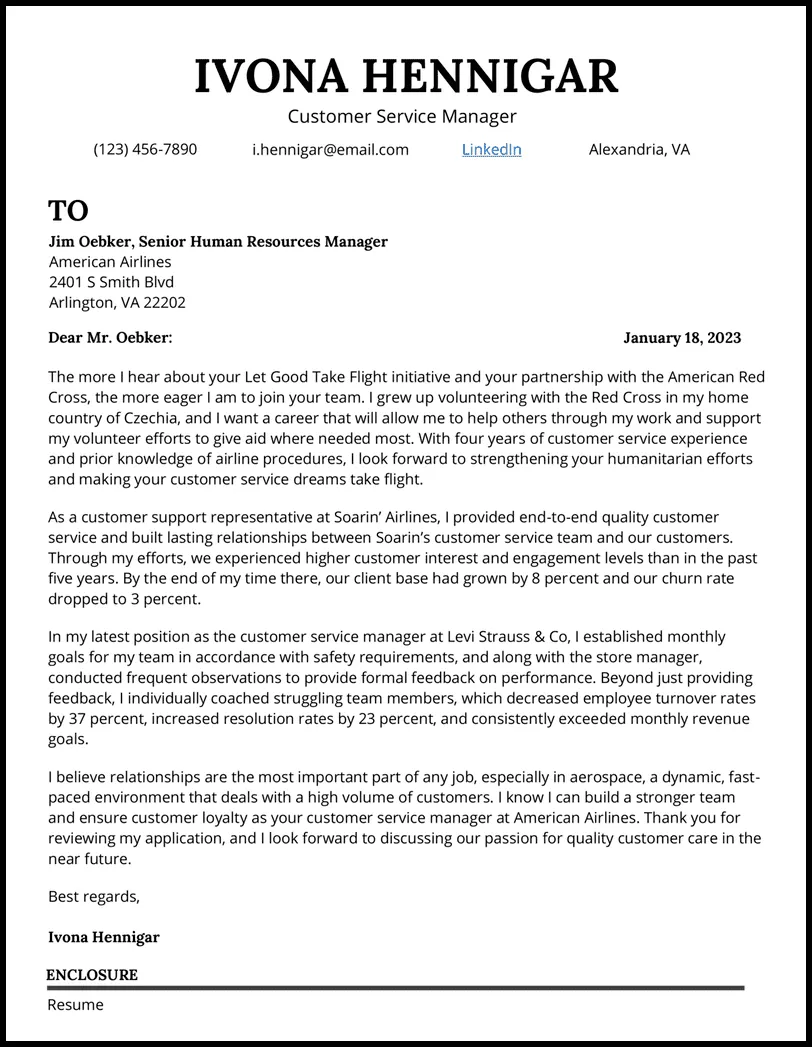
Avoid these common mistakes to make your cover letter stand out for all the right reasons. By being mindful of these pitfalls, you can make sure your application is as strong as possible.
Generic Letters
Avoid sending a generic cover letter that can be used for any job. Tailor each cover letter to the specific job description and the company you are applying to. Research the company and customize your letter to show you understand their needs and values. Generic letters demonstrate a lack of effort and can make you seem less interested in the specific opportunity. Personalize your cover letter by mentioning specific aspects of the role or company that interest you. This demonstrates your genuine interest and attention to detail.
Typos & Grammatical Errors
Typos and grammatical errors can create a negative impression. Always proofread your cover letter multiple times. Use grammar-checking software, but do not rely on it entirely. A well-written cover letter demonstrates your communication skills and attention to detail. Ensure that your letter is free of errors and easy to read. Double-check all names, titles, and contact information. A single error can make you appear careless, so always take the time to review your work thoroughly.
Focusing on Yourself Too Much
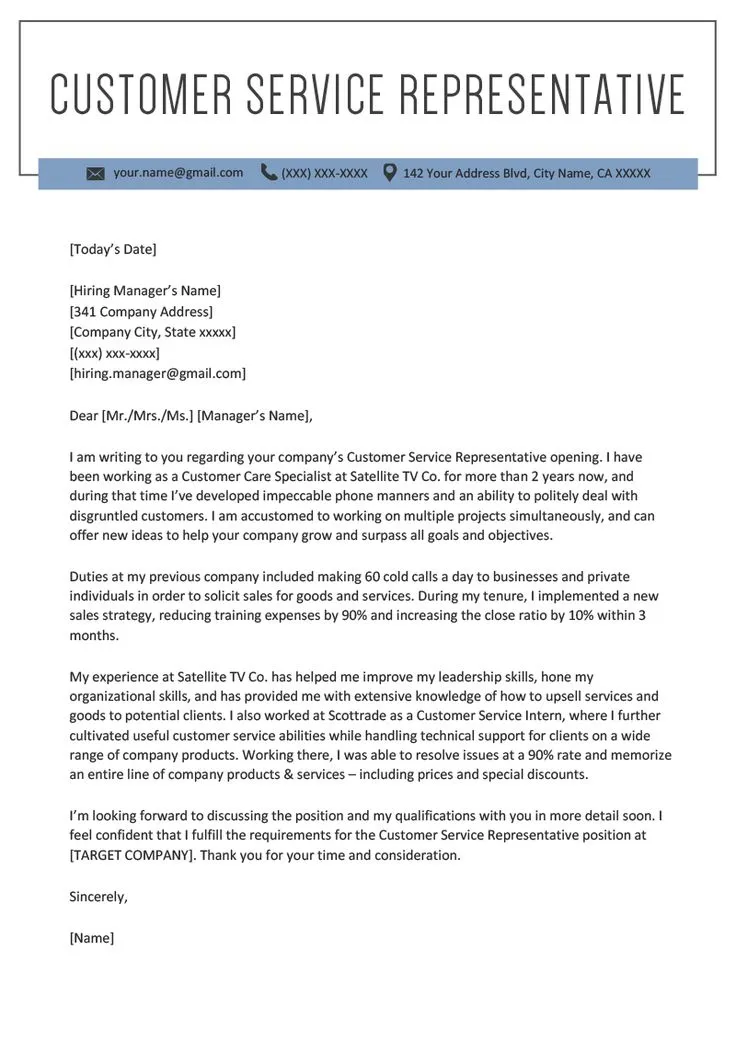
While your cover letter should highlight your skills and experience, avoid focusing too much on yourself. Instead, focus on how you can contribute to the company and what value you can bring to the role. Frame your experiences in terms of how they align with the company’s needs and the job description. Focus on what you can do for the employer rather than listing what you have done in the past. Emphasize your ability to solve problems, improve customer satisfaction, and contribute to the company’s success.
Tailoring Your Letter
Tailoring your cover letter to each job is essential for demonstrating your genuine interest and suitability for the role. Customize your letter to highlight the skills and experiences most relevant to the specific job requirements. Research the company, its values, and its mission to show that you understand their business and culture. Show how your skills and experiences align with the company’s needs. Tailoring your cover letter ensures that it is not a generic document but a unique reflection of your interest and qualifications for a specific opportunity.
